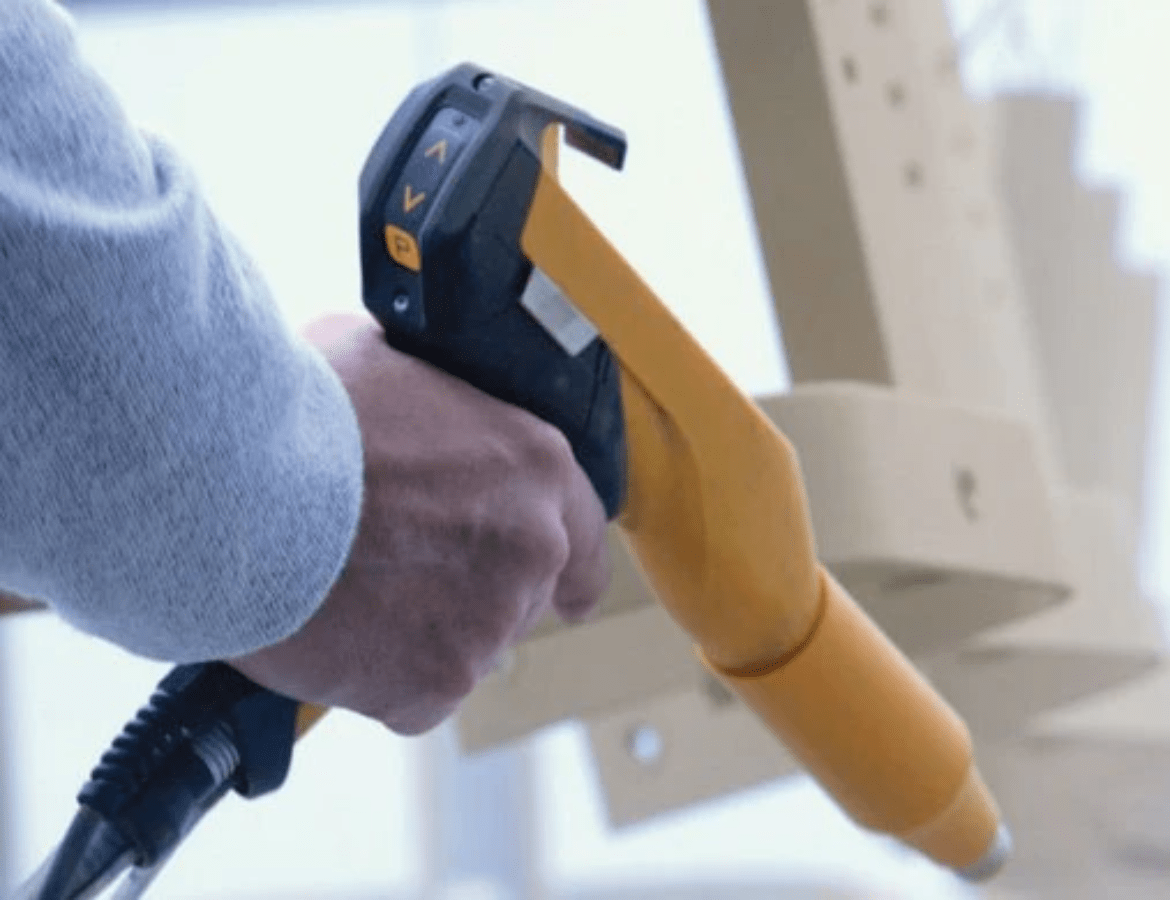
Powder coating is a cold-roll finishing method where thermoplastic, dry-flowing, liquid or thermoset powder materials are applied to a hard surface, heated, melted, and cured into an evenly finished coating. This finishing method is particularly suitable for different materials, such as metals, plastics, wood, and MDF} Other than being used on metals and non-metals, powder coating can also be applied on glass and MDF to create a protective, scratch-resistant finish. This finish is also used on wood siding and other wood parts because of its ability to protect from outdoor elements, while adding a rustic or traditional look to the structure. There are many reasons why companies use powder coatings on their products. The most obvious reason is to provide a high-quality, long-lasting finish that is also easy to maintain. Another reason is to create a barrier between the finishing powder and the surrounding materials.
Typically, the powder coating is applied with a binder. The binder can be a foam that is specially designed to withstand the pressure of the hot powder application method. However, sometimes a metallic spray or some type of fluid is used instead. A primer is often used before the coating or after the coating has cured to create an even surface. Some types of thermoplastic coatings, especially low VOC ones, cannot be applied using only a binder because the base must be cured first. This automatic Electrostatic Powder Coating Spray Gun is used to spray powder over metal surface.
One aspect of the powder coating process called the curing stage is not a part of the general process of finishing, although it is often called the starting or finishing stage. The curing stage is a final step before the coating process is complete and the coating can be applied. In the past, this often involved an injection of a metallic carrier that was protected by the primer. Sometimes, however, an electrochemical process is used instead. The purpose of this step is to increase the chemical resistance of the metal base.
After the base and primer have been mixed, the substrate is loaded into the powder coating material feeders that are supplied along with the systems. Once this has been done, the feeders are turned on and the substrate is placed into the channels as the system is pumped through the gun. In some cases, the substrate is loaded into the channels while they are being fed and then turned on as the machine runs. In other cases, the feeders are turned off, the substrate into the channels, and the process continues. Here is your source for Genuine Wagner Powder Coating Spray Equipment & Spare Parts.
Powder coating systems offer a number of advantages over conventional liquid coating methods. One of these is that they produce a more durable and consistent coating over a shorter period of time. They also yield a high gloss finish that is faster to apply than conventional liquid coatings and will not scratch paint. Furthermore, powder coatings offer better adhesion to a wide range of surfaces and can be used for a variety of purposes where conventional liquid coating methods may prove to be inconvenient or unsuitable. You can get more enlightened on this topic by reading here: https://en.wikipedia.org/wiki/Electrostatic_coating.